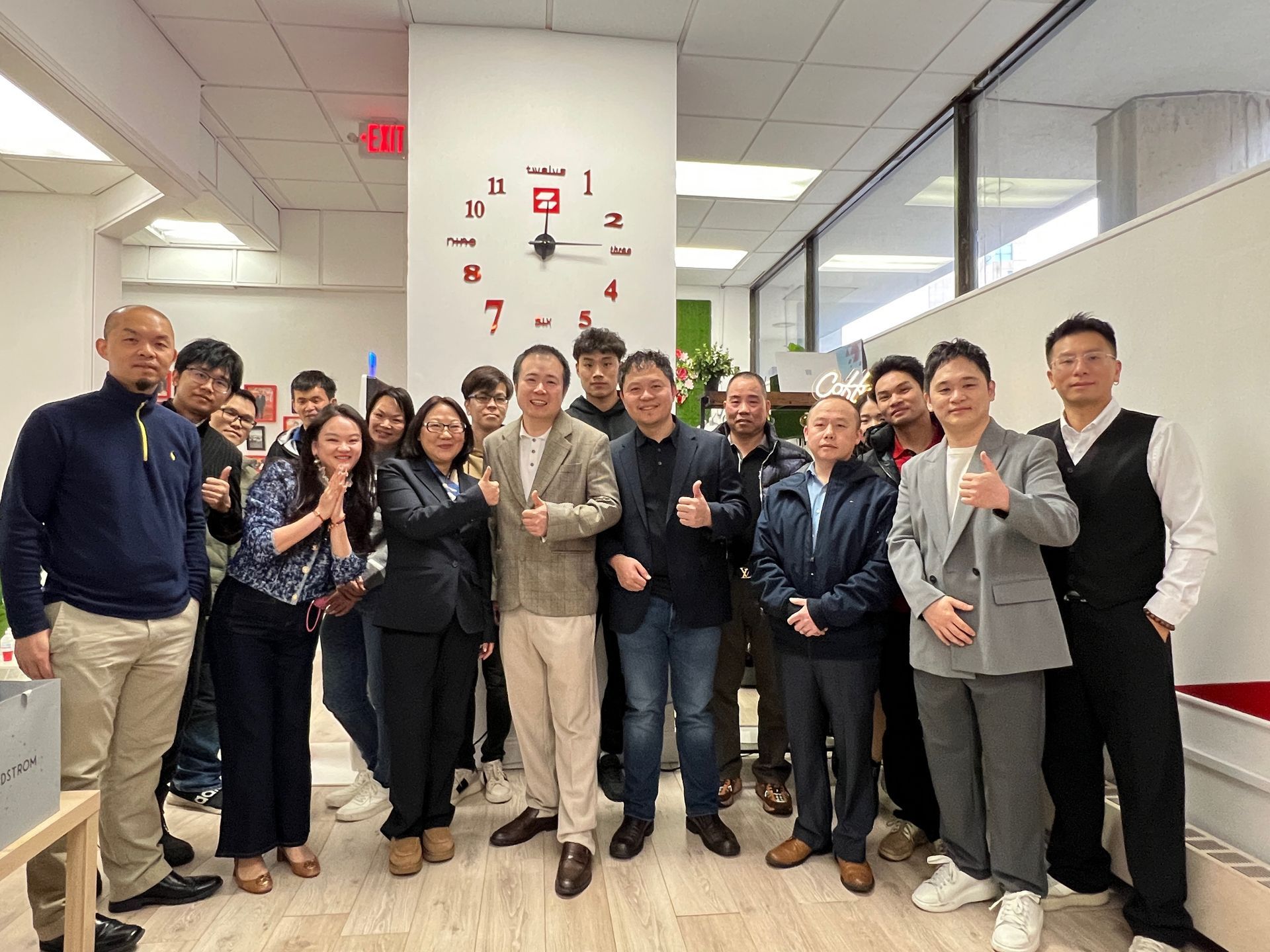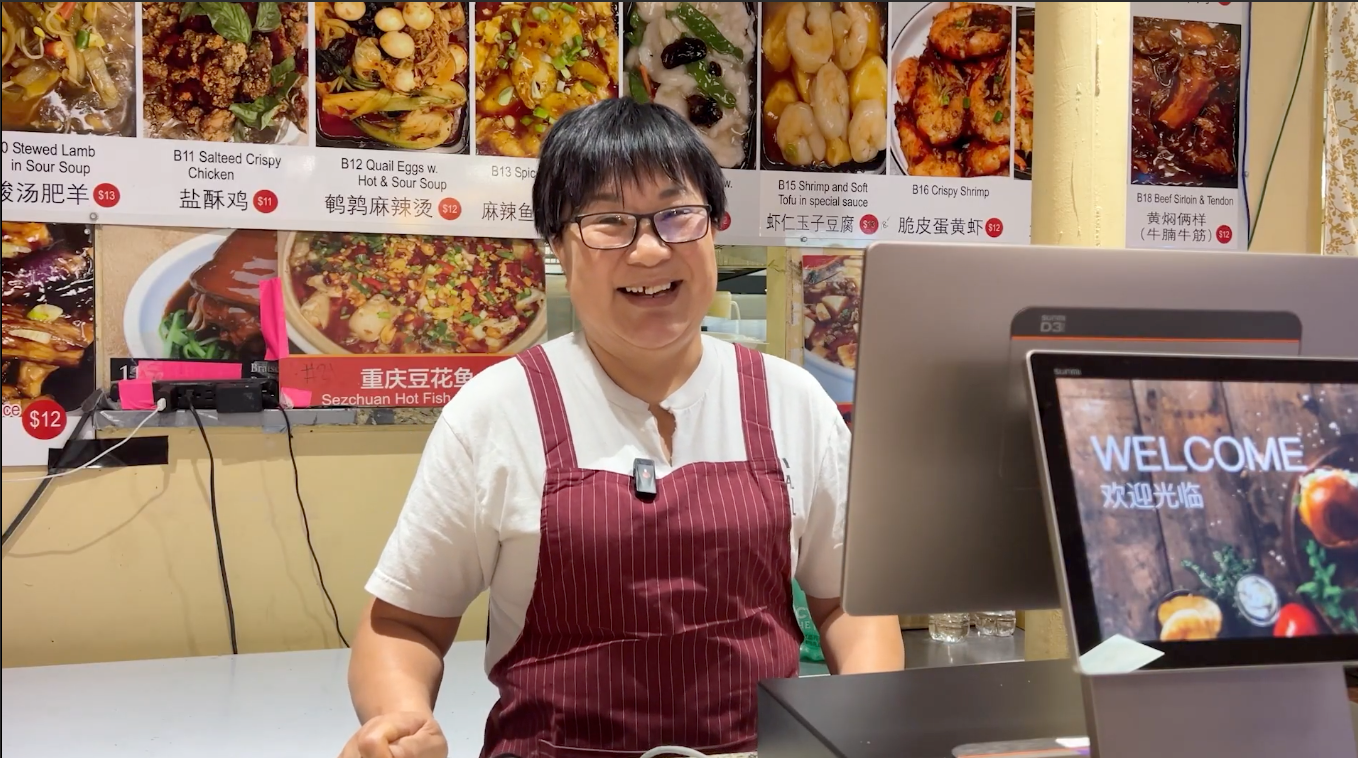The Future is Served: The Impact of AI on the Restaurant Industry
DISCLAIMER: This content is for informational purposes only and is not intended to be used as legal, accounting, tax, HR or other professional advice. You are responsible for you and your businesses' legal and regulatory compliance. Contact your attorney, accountant, or any other relevant professional for specific advice related to your own needs and circumstances.
Artificial Intelligence (AI) is no longer just a buzzword or a high-tech concept; it's increasingly becoming a practical and influential tool in various sectors, with the restaurant industry being no exception. This technology is shaping a new era in the dining world, offering restaurant owners the ability to innovate and streamline their operations, reducing costs and increasing customer satisfaction. Instead of going against the trend and sticking to tradition, embracing new innovations can be beneficial to your business. The revolution is at the doorstep, and it’s being delivered on a tray by automation.
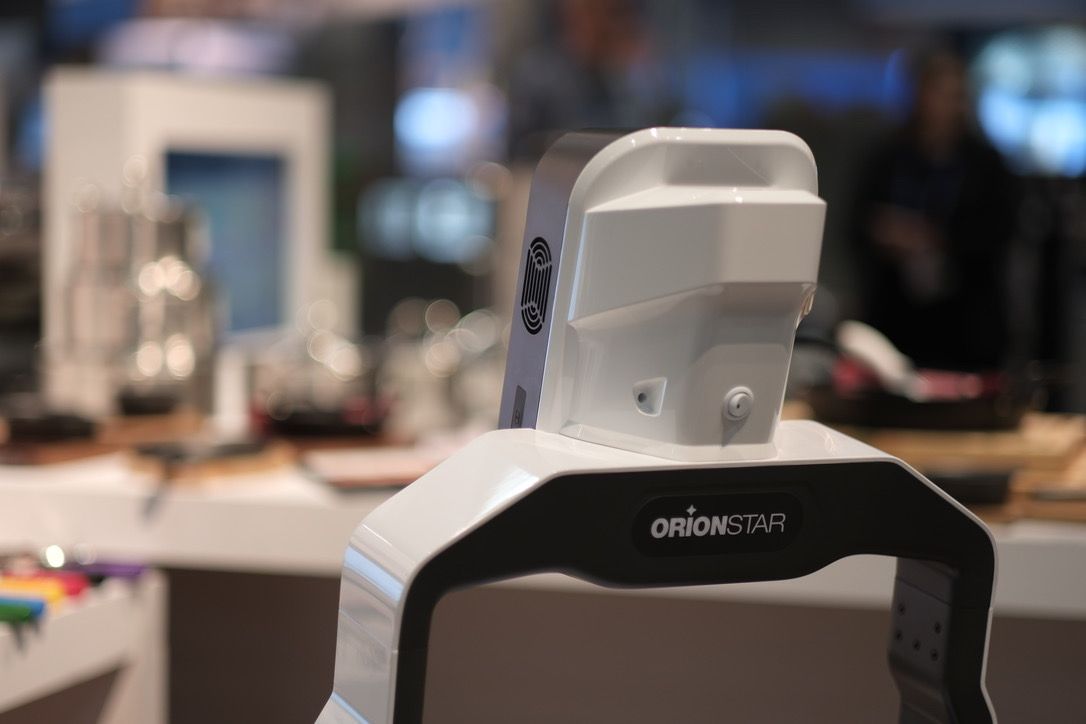
Love, Death + Robots in Restaurants
AI and automation have come a long way, with applications varying from software-based solutions to physical robots. They are the main ingredients in the creation of groundbreaking restaurant concepts, which were considered impossible without the advent of such advanced technologies. Restaurants such as Atlanta based chain, Food Terminal, are utilizing robots to service their customers. Although one may think of it as a gimmick, viral posts of these robots have brought more traction to their restaurant concepts in comparison to pre-implementation of such technology. More and more such restaurants are popping up throughout the country with some even using robots in the kitchen or having a fully automated kitchen. Burgeoning from the global fascination over completely automated cafeterias such as those seen at the 2022 Beijing Olympics and the necessity for social distancing during the height of the pandemic has led to the recent increase in automation being found in the restaurant industry. Thus, these AI-powered restaurants are not only unique but also efficient, as they minimize the human error factor and elevate the customer experience to new heights.
Picture a restaurant where your order is taken by an intelligent kiosk that can suggest meals based on your past choices or dietary restrictions, or where a robot chef cooks your meal with unparalleled precision and consistency. Accessibility has never been easier making your restaurant more inviting to customers with disabilities that can hinder their communication skills. AI powered kiosks can listen to you voice your orders, simulating ordering with a live person without the long wait times or risk of human error. Furthermore, envision a dining place where your food is served by robot servers, an experience that is as fascinating as it is efficient. Staff will not have to strain themselves physically with carrying heavy loads, instead, robots can do the heavy lifting while servers focus on personal relationships with your guests. These are not abstract ideas from a science fiction book; they are current realities, shaping the future of the dining industry.
The increasing trend of voice AI in the restaurant business is another example of how the industry is transforming. Imagine a system that can handle phone orders with absolute accuracy and even recommend dishes based on the customer's preferences. This technology not only saves time but also creates a seamless ordering process for customers.
The next time you call your favorite restaurant to place an order, you might be conversing with an AI system. Such advancements not only provide restaurants with a tool to handle high call volumes during peak hours but also enable the restaurant staff to focus on providing excellent in-person service.
The Evolution of the Vending Machine and QSR Service
The role of AI doesn't stop at order-taking and food preparation. It is also becoming an integral part of food vending machines. Vending machines have been one of the oldest forms of automation, particularly in the foodservice industry. Fully automated vending machine restaurants called automats began popping up in the early 1900’s, serving as some of the earliest examples of fully automated restaurants. Nowadays, such restaurant concepts could make a comeback.
New technology has allowed for vending machines to prepare meals akin to those served in fast casual and full service restaurants. These sophisticated machines can prepare and deliver scrumptious meals quickly and efficiently, making delicious food accessible at any time and any place with minimal manual labor involved. These machines provide convenience and speed without compromising the quality of the food. Such technologies can be implemented in 24 hour convenience stores, hospitals, offices, karaoke bars or other establishments that are open late. In particular with consumers that live in more rural or suburban areas with less options for a late night meal, such vending machines could provide healthier, fresher alternatives to fast food offerings.
Although this type of vending technology will not replace
traditional sit down or
fast casual restaurants, it is projected to rise in popularity as new forms of automation become the new normal.
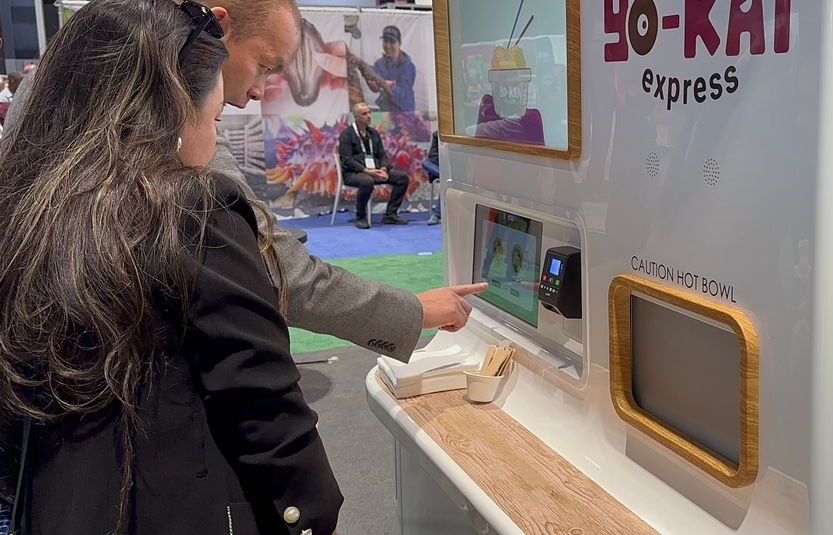
AI and it’s Marketing Opportunities
AI is also making significant strides in the marketing aspect of the restaurant business. Robot servers, besides their primary function, also serve as a novelty that can attract customers. The appeal of a unique dining experience can significantly boost a restaurant's traffic and potentially its revenue. Futurism was often only seen on the big screen. Real life use of robots in restaurants will capture the attention and imagination of those old and young. While modern robotic technology has not quite reached the level of those seen in shows like Futurama, robots and kiosks that utilize AI can take orders and respond in a similar way that a human server could. The use of AI in this way transforms these establishments from mere dining places into attractions that provide entertainment and novelty alongside a tasty meal.
Marketing how technologically forward your restaurant is on social media can be a great way to bring more traction to your online presence and foot traffic to your restaurant. In a post-covid world, convincing consumers to patronize sit down restaurants with the same gusto seen prior to the pandemic is a challenge. Pushing the novelty of robotic trends could be a lifesaver for businesses new and old. In addition, restaurant operators can save more money on staff, reduce the amount of mistakes and money lost due to human error, and create a more efficient working environment for staff and customers.
It's crucial to note that while AI is indeed a powerful tool, it doesn't eliminate the need for human touch and creativity. Instead, it complements these aspects, allowing chefs and restaurant owners to focus on innovating and experimenting with new recipes, rather than being tied down by routine tasks. The point of AI and automation is to perform the mundane tasks that prevent you or your staff from focusing on growing and building your restaurant. The result is an enhancement of the gastronomic experience for customers and a boost in productivity and creativity for restaurants.
Want to learn more about how to market your restaurant business?
Download our free Digital Marketing Guide for Restaurants eBook today!
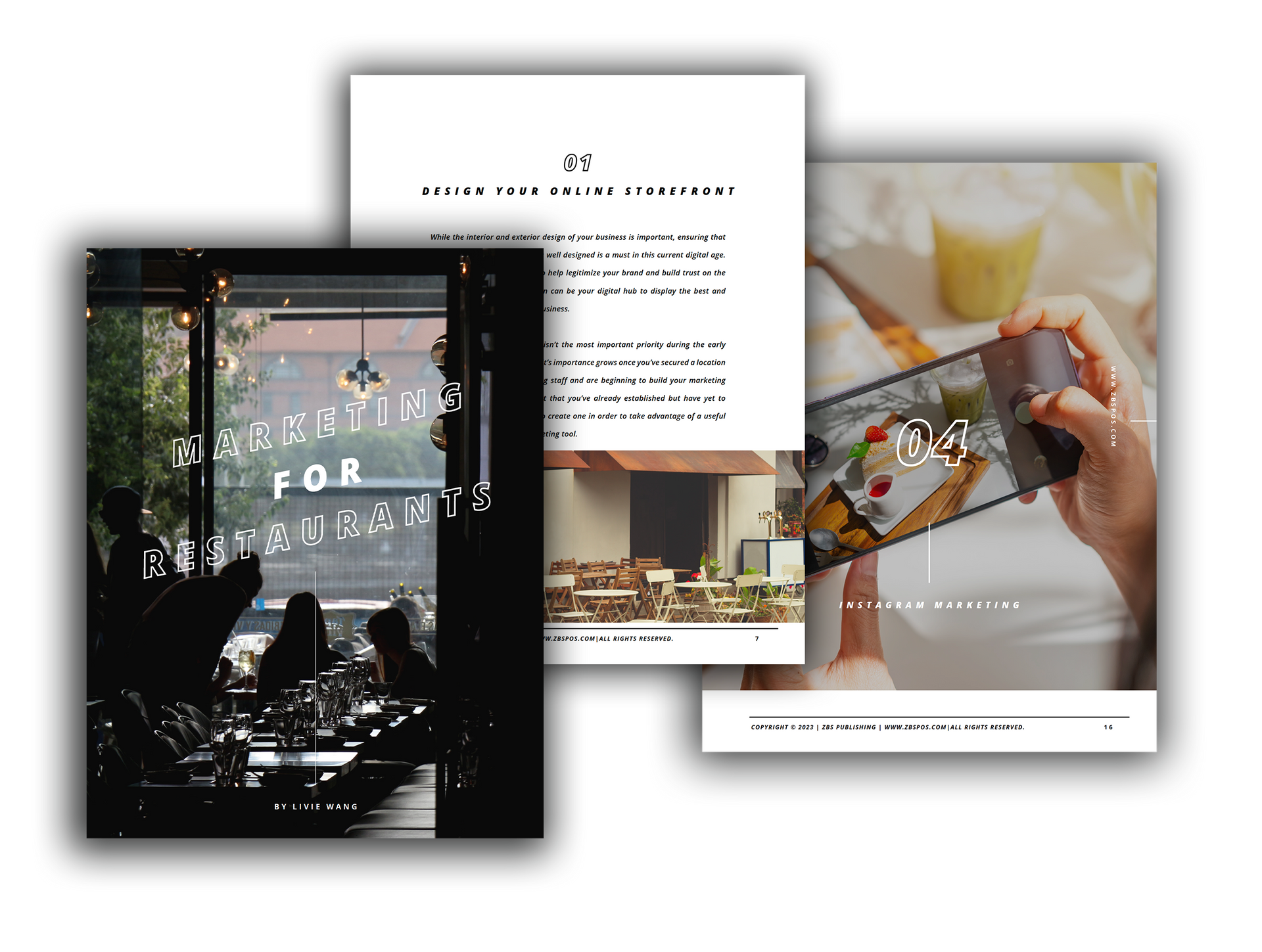
The Surprising Affordability of AI Automation for your Restaurant
Yes, AI is still a relatively new concept in the restaurant industry. And with any new tech, the costs can seem astronomical at times. Nevertheless, it is rapidly gaining traction and making its mark. The speed at which it is evolving can make businesses that do not adopt it obsolete, as they might struggle to keep up with their tech-savvy competitors. The good news is that the implementation of AI doesn't necessarily come with high initial costs.
Many solutions are scalable and adaptable to businesses of different sizes and budgets, making them a viable choice for most restaurants. Automation does not have to be big. Starting out small, perhaps adding AI technology to your back office operations can let you test the waters and see what exactly automation can do for your business.
For example, AI generated images can mean you save money on photographers. AI programs similar to ChatGPT can provide restaurants with food descriptions at the click of a button. Other solutions can help you save money on staff. Automation will allow you to run your restaurants smoothly with limited staff which grows more important by the day in an age of labor shortages and inflation. Delegating tasks to robots or kiosks helps improve worker productivity, safety and satisfaction, reducing overall staff turnover.
AI is not just the future of the restaurant industry – it's the present. It offers immense possibilities for restaurants to improve efficiency, provide personalized customer service, and create unique dining experiences. For restaurants, adapting to this tech revolution isn't merely a choice; it's a necessity to remain competitive and innovative in an ever-evolving market. This does not mean that robots will take over the world or that traditional restaurants are completely obsolete. The advancement of tech is there to aid business owners and their staff so that customers can enjoy even better, faster service only made possible by the adoption of such technology. This field is quickly advancing with new companies, tech and concepts popping up each year. Even if it seems daunting, the future is here. Embracing it could be the best step to further grow your restaurant business. So, the next time you see a robot serving food or hear an AI voice taking your order over the phone, remember, it's not just technology; it's the new age of dining.
By Livie Wang
Livie Wang is based in Atlanta, GA and has a background in marketing and branding. With many years of experience in the restaurant and retail industries, she brings forth a personalized view on the issues these industries face. She has been a regular contributor to the ZBS Blog, News and Resource Center since 2021.

